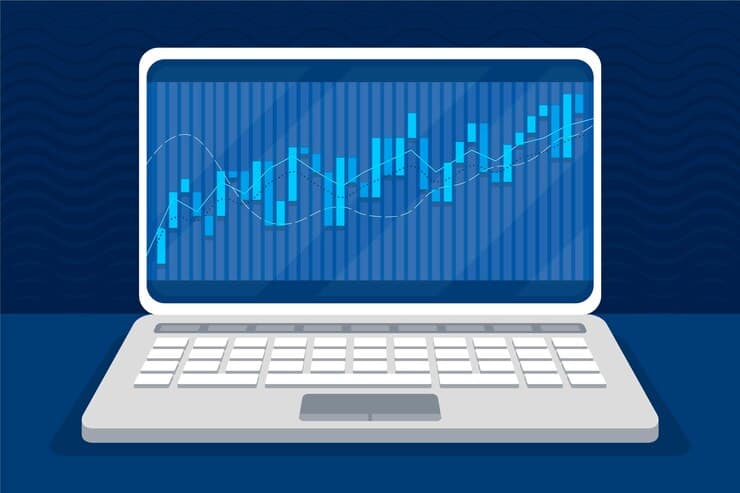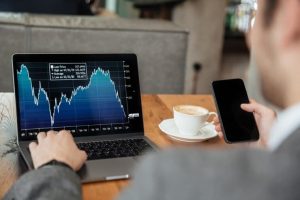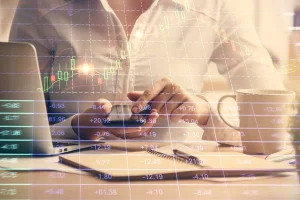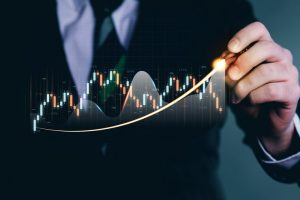
Forex trading, short for foreign exchange trading, is a global decentralized market where currencies are bought, sold, and exchanged. With its immense liquidity, 24-hour accessibility, and potential for profit, forex trading has become increasingly popular among individual retail traders. However, before diving into the world of forex trading, it’s essential to understand the basics of how the market operates and how to participate effectively. In this article, we’ll provide a comprehensive overview of the fundamental concepts of forex trading, making it an ideal starting point for beginners.
- What is Forex Trading?
Forex trading involves the buying and selling of currencies with the aim of profiting from changes in their exchange rates. Unlike other financial markets such as stocks or commodities, forex trading does not take place on a centralized exchange. Instead, it operates over-the-counter (OTC), meaning that transactions occur directly between buyers and sellers through electronic trading platforms, banks, and brokers.
- Currency Pairs
In forex trading, currencies are always traded in pairs, with each pair consisting of a base currency and a quote currency. The exchange rate indicates how much of the quote currency is needed to purchase one unit of the base currency. For example, in the EUR/USD currency pair, the euro is the base currency, and the US dollar is the quote currency. If the exchange rate for EUR/USD is 1.20, it means that 1 euro is equivalent to 1.20 US dollars.
- Major Currency Pairs
There are seven major currency pairs that account for the majority of trading volume in the forex market. These pairs include:
- EUR/USD (Euro/US Dollar)
- USD/JPY (US Dollar/Japanese Yen)
- GBP/USD (British Pound/US Dollar)
- USD/CHF (US Dollar/Swiss Franc)
- USD/CAD (US Dollar/Canadian Dollar)
- AUD/USD (Australian Dollar/US Dollar)
- NZD/USD (New Zealand Dollar/US Dollar)
- Trading Hours
One of the key attractions of forex trading is its 24-hour accessibility, allowing traders to participate in the market at any time of day or night. The forex market operates five days a week, from Sunday evening (EST) to Friday evening (EST). It is divided into three main trading sessions: the Asian session, the European session, and the North American session. Each session has its unique characteristics and trading opportunities, with peak trading activity occurring when multiple sessions overlap.
- Leverage
Leverage is a double-edged sword in forex trading, amplifying both potential profits and losses. It allows traders to control larger positions with a relatively small amount of capital. For example, a leverage ratio of 100:1 means that for every $1 in your trading account, you can control a position worth $100. While leverage can magnify profits, it also increases the risk of significant losses, making proper risk management essential for successful trading.
- Trading Platforms
To participate in forex trading, traders need access to a trading platform provided by a forex broker. These platforms allow traders to execute trades, analyze price charts, and access various trading tools and indicators. Popular trading platforms include MetaTrader 4 (MT4) and MetaTrader 5 (MT5), which offer a wide range of features and customization options.
- Fundamental and Technical Analysis
Forex traders use a combination of fundamental and technical analysis to make trading decisions. Fundamental analysis involves analyzing economic indicators, geopolitical events, and central bank policies to gauge the underlying strength of a currency. Technical analysis, on the other hand, involves studying historical price data and identifying patterns and trends to forecast future price movements. By combining these two approaches, traders can make more informed trading decisions and improve their chances of success.
Conclusion
Forex trading offers immense opportunities for profit, but it’s essential to understand the basics before diving in. By grasping concepts such as currency pairs, trading hours, leverage, trading platforms, and analysis techniques, beginners can lay a solid foundation for their trading journey. Remember that forex trading requires patience, discipline, and continuous learning, so stay committed to honing your skills and refining your approach over time. With dedication and perseverance, you can navigate the forex market with confidence and achieve your trading goals.






